gbritnell said:The bottom line fellows is this, do we have a viable answer (ignition) for Steve's engine and can we get a finalized schematic for it?
Then we are back to G's original question.

gbritnell said:The bottom line fellows is this, do we have a viable answer (ignition) for Steve's engine and can we get a finalized schematic for it?
They are available in surface mount discrete components, I am looking at a detector approx 5x6x1 mm. You dont have to buy a pair already mounted, you can buy them seperately.stevehuckss396 said:The problem with that is they are way to big. In the case of a V4 the trigger has to be in the distributor to fire correctly.
What is the smallest photo/sensor pair you know of?
From my poor memory I believe some operational problems begin to show up with the square of the speed, but my memory is not always to be trusted.jpeter said:My test show that at 2500rpm the coil completely charges in .25ms and then dwells at full charge for close to 2 more ms. Taking these facts into consideration I have no trouble believeing I could increase the rpm by a factor of 7 and still be spark'n the plugs. That's 17000 rpm. I think most would be happy with that.
I have the entire hall effect unit; magnet, sensor, shutter for switching and zeners for protection, rotor and cap built into a 1 inch outside diameter distributor. The electronics board is in the base, under the engine. Regarding the schmidt trigger, the rise time of the hall switch is pretty fast and clean. My scope shows the addition of a schmidt trigger would be of little value.
I switch the hall effect sensor with a steel shutter.
I have heard others complaining about the same thing, as well as induced voltage from flying magnets.I'm not sure how switching with multiple magnets would work cuz with the small size of the distributor the 8 magnet style cam didn't work; the magnet interfered with each other too much.












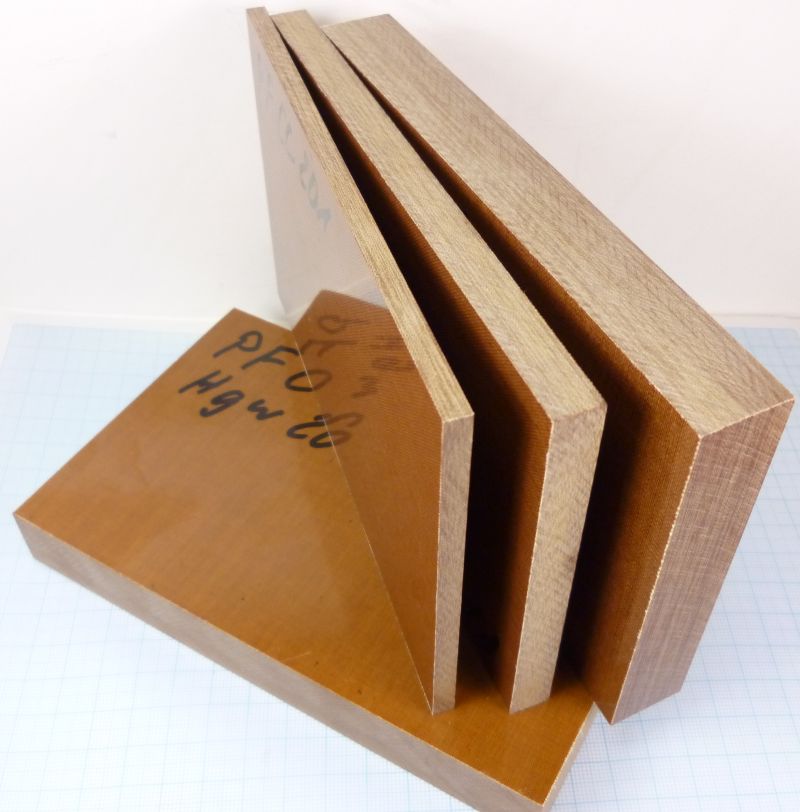
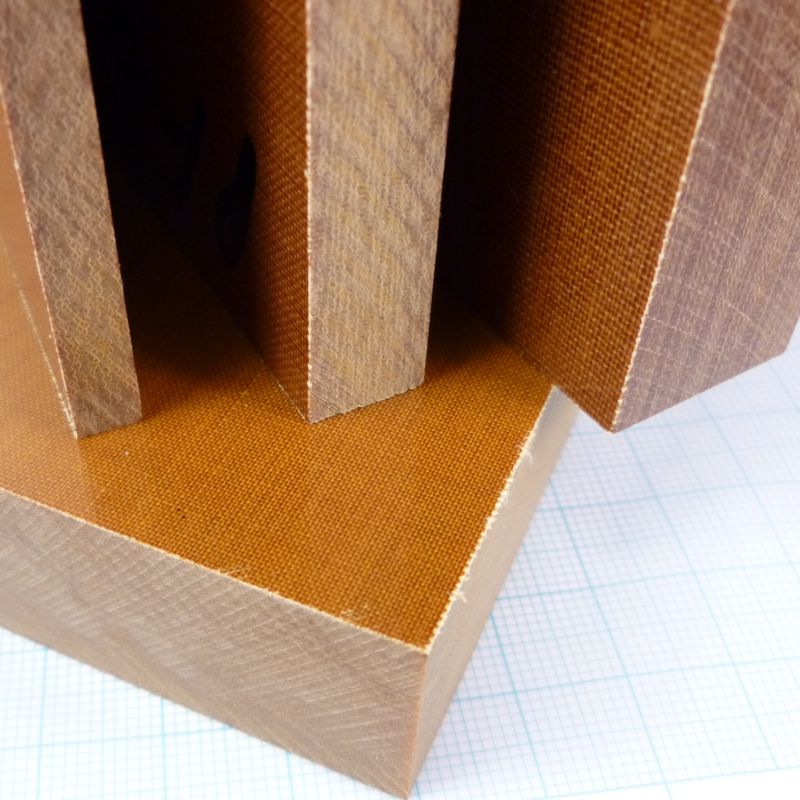
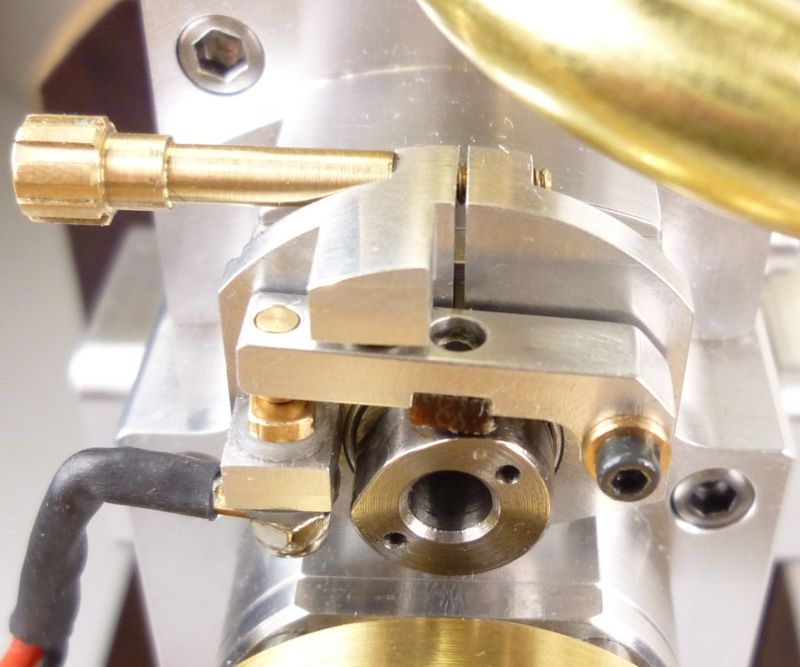
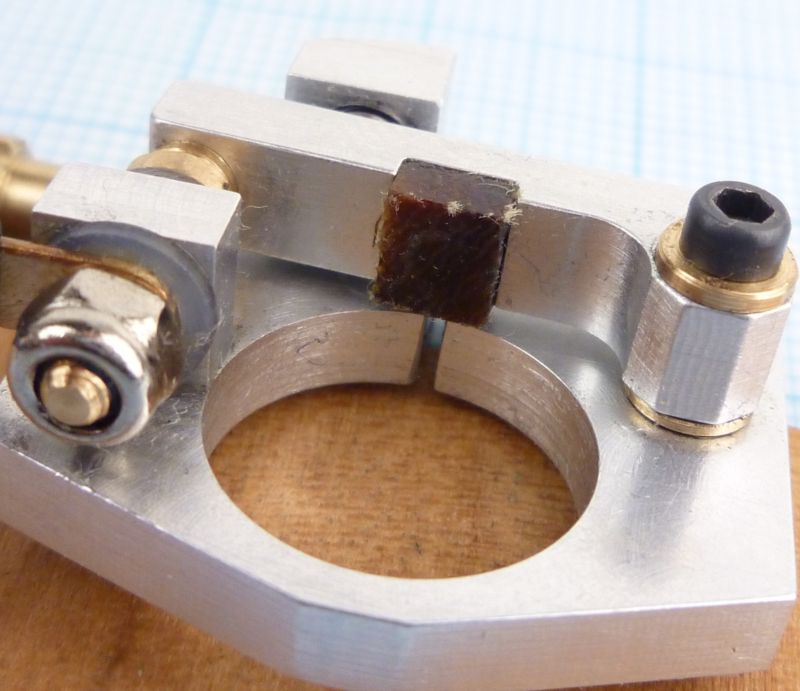


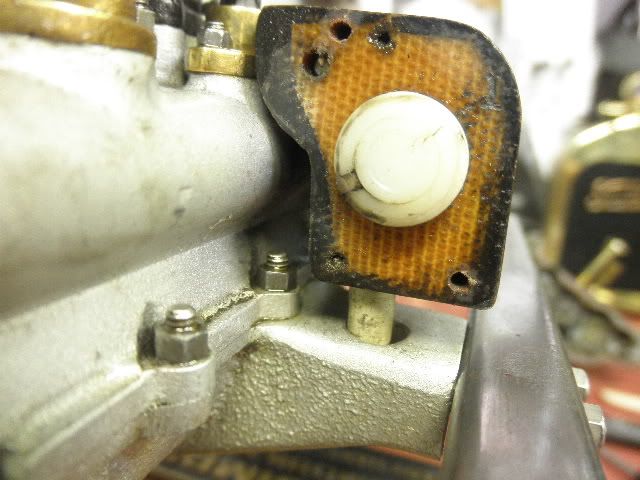
stevehuckss396 said:I have been considering what to use for an ignition system for the small V8. Roy's module will only yield 12,000 sparks per minute.
Is there another module out there that will supply spark at that rate, or am I going to have to build my own.
There is one in Strictly IC I think it's issue No55 Page 5. Claimed to produce around 54000 sparks per minute.
However that's not the one I built. I made the one detailed in Model Engineer July 2004. I've tested it to over 50000 sparks per minute on the bench using an Automotive coil and the hall sensor activated by a 32 tooth spur gear running on a electric drill right from dead slow through to 1600 rpm = 51200 sparks/minute. I guess it would be out of order to scan the Model Engineer article and put it on here?
Nick
nj111 said:over 50000 sparks per minute on the bench using an Automotive coil and the hall sensor activated by a 32 tooth spur gear
stevehuckss396 said:Hello Nick.
How does a hall sensor fire off of a gear tooth? Is the gear magnetized? If that is the case why don't we machine up an 8 toothed thingy just like in the MSD distributor.
Joachim Steinke said:I believe in contrast to thermo plastics like POM (Polyacetal) or Nylon (Polyamid) etc. a Duro Plast material like laminated fabric should be more convenient for the parts of a small distributor.
stevehuckss396 said:Hello Nick.
How does a hall sensor fire off of a gear tooth? Is the gear magnetized? If that is the case why don't we machine up an 8 toothed thingy just like in the MSD distributor.
jpeter said:You can buy a hall effect sensor with a built in magnet. It's called a gear tooth sensor.
Noitoen said:That's not a hall sensor, it's a pickup coil. They are used in diesel engines to check the speed for the governor.
stevehuckss396 said:If these devices switch as fast and require no external magnet, Why are we not using these instead of hall sensors. Seems to me it would be easy to mill up a disk into something with 8 points. Could steel be used or is iron (cast) better.
This could change the way we fire our engines. Things just got smaller.
Lakc said:Takes some rather precise positioning, and you cant have other magnetic materials nearby, but thats how many automotive sensors work.
Enter your email address to join: